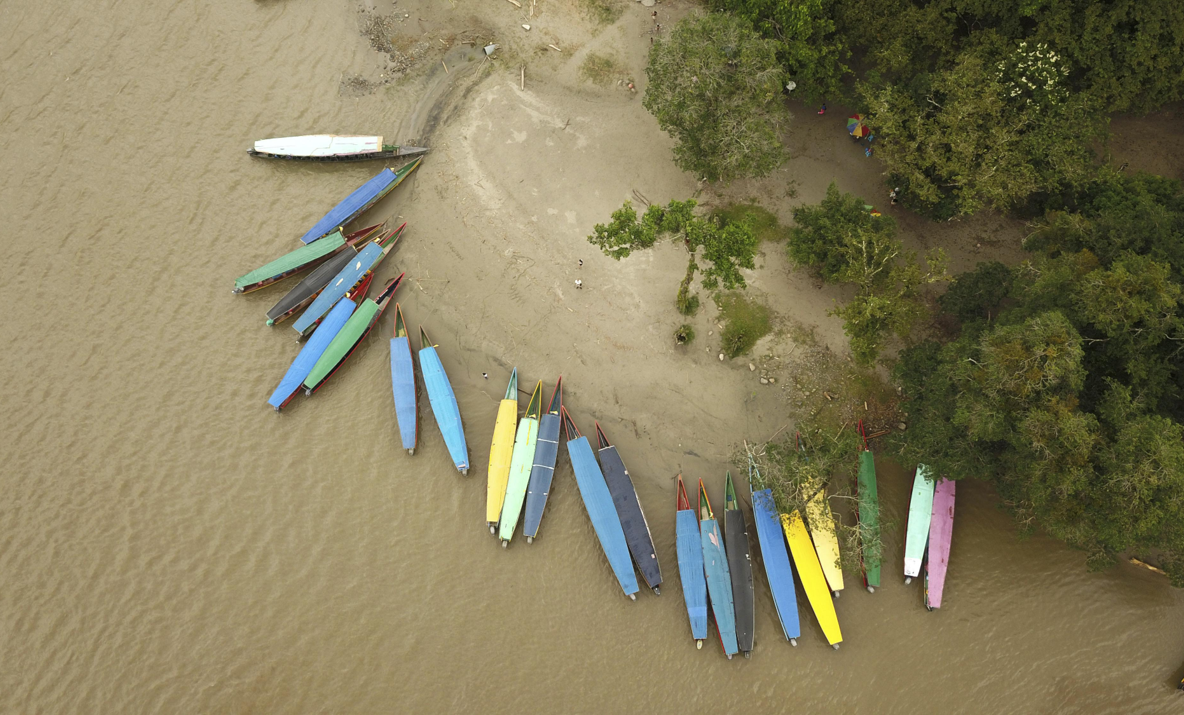Latest On The Conservation Gateway
A well-managed and operational Conservation Gateway is in our future! Marketing, Conservation, and Science have partnered on a plan to rebuild the Gateway into the organization’s enterprise content management system (AEM), with a planned launch of a minimal viable product in early FY26. If you’re interested in learning more about the project, reach out to megan.sheehan@tnc.org for more info!
Page Content

- Half of the world's populations live in places at risk of water shortage. One-third of all rivers, lakes and aquifers are being heavily exploited, with at least 75% of water extracted for human use. Colonization and dispossession of land and water access have disproportionately affected indigenous peoples and local communities. We are using case studies to identify best practices for elevating community voices in water scarcity decision-making and scaling equitable wins for people and nature. Report coming in 2021.
- Recent studies illustrate the effectiveness of small-scale freshwater community protected areas, such as river reserves, for supporting freshwater species as well as improving the sustainability of subsistence fisheries. We are working with teams in Africa and Latin America to explore emerging opportunities for river protection, and to designate and increase the effectiveness of freshwater protected areas.
- One of the most significant impacts to freshwater ecosystems and the people who rely on their ecosystem services is the construction of dams. We evaluated opportunities for communities to have a voice in energy sector planning and describe a framework for community participation in this document.